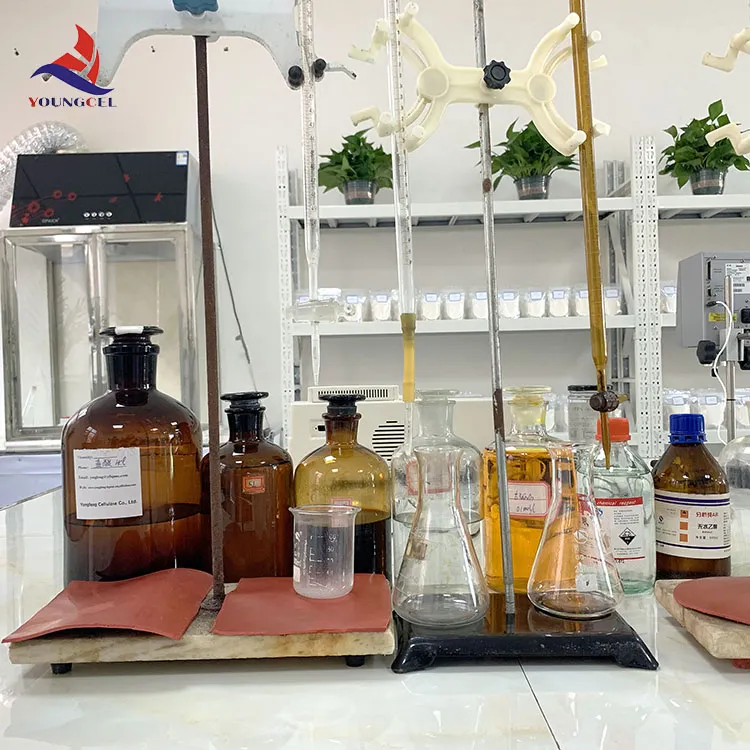Exploring the Versatility of Adhesive Methyl Cellulose
Methyl cellulose, a derived cellulose ether, has transcended its initial use in construction to become a multi-faceted material widely utilized in various industries, including food, pharmaceuticals, cosmetics, and more. One of its key applications is as an adhesive, where it showcases remarkable properties that enhance product performance and usability.
What is Methyl Cellulose?
Methyl cellulose is produced by reacting cellulose—an abundant polymer found in plant cell walls—with methyl chloride, resulting in a product that is water-soluble and forms a gel when heated. This unique property of gelation upon cooling makes methyl cellulose particularly advantageous in applications requiring binding and thickening agents.
Properties of Adhesive Methyl Cellulose
Adhesive methyl cellulose possesses a range of beneficial properties which make it an ideal candidate for various applications. It is non-toxic, biodegradable, and environmentally friendly, aligning with the growing demand for sustainable materials. Its excellent adhesion properties allow it to bond well with multiple substrates, including wood, paper, and textiles, which makes it invaluable in construction, woodworking, and even arts and crafts.
A key feature of methyl cellulose as an adhesive is its viscosity. The viscosity can be tailored based on the specific needs of the application, allowing for a customizable solution that can either be thick for heavy-duty applications or thin for precision tasks. This versatility extends to its application methods; it can be applied as a spray, brush, or in paste form, providing users with flexibility in its use.
adhesive methyl cellulose

Applications in Various Industries
In the construction industry, methyl cellulose adhesives are often used in wall coverings, tiles, and other substrate bonding. They provide excellent water retention properties, which are crucial in preventing cracking and ensuring durability in construction materials. In the woodworking sector, it serves as a reliable adhesive for laminating and finishing, enabling strong bonds for various types of wood.
The food industry also leverages the unique qualities of methyl cellulose. It is often used as a thickening agent in sauces, dressings, and ice creams, contributing to a desirable texture while also serving as a stabilizer. Its ability to form gels plays a significant role in mimicking fat content in low-fat products, thus appealing to health-conscious consumers.
In the pharmaceutical field, methyl cellulose functions as a binding agent in tablet formulations, ensuring the necessary consistency and integrity of the medication. Additionally, it is utilized in controlled-release drug delivery systems, where its gel-forming properties help regulate the release of active ingredients into the body over time.
Moreover, in the cosmetic industry, methyl cellulose is appreciated for its ability to stabilize emulsions, improve texture, and enhance the sensory qualities of various products such as lotions and creams.
Conclusion
The versatility of adhesive methyl cellulose highlights its potential as a critical component across multiple sectors. From sustainable building materials to food products and pharmaceuticals, its unique properties provide a balance of functionality and environmental responsibility. As industries continue to innovate, the role of adhesive methyl cellulose is likely to expand even further, reinforcing its significance in modern applications. With ongoing research and development, we can expect to see even more creative uses for this invaluable compound, aligning with trends towards sustainability and efficiency in various consumer markets.






